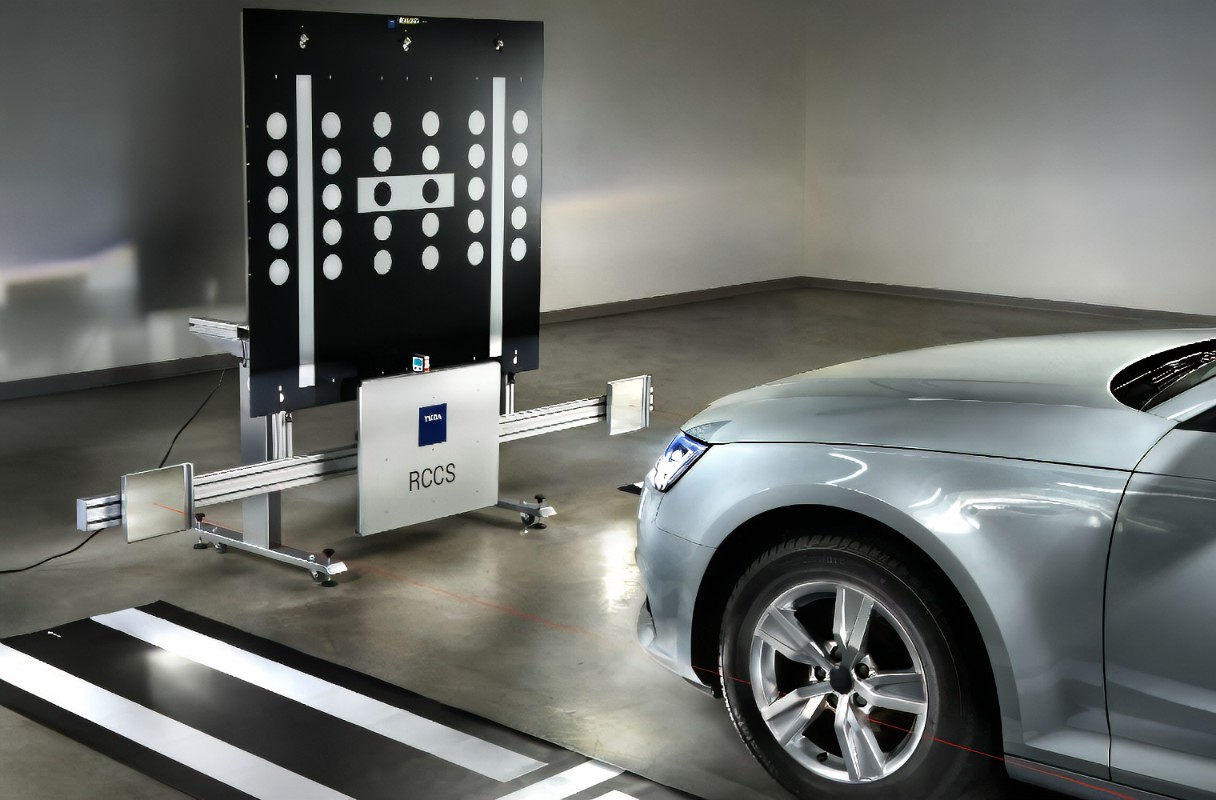The Importance Of ADAS Calibrations
What is ADAS?
ADAS, or Advanced Driver Assistance Systems, is a suite of safety features designed to support the driver in the driving process. These systems are aimed at enhancing vehicle safety and helping to prevent accidents. Features may include automated braking, lane departure warnings, adaptive cruise control, and more.
Why is Calibration Critical?
Safety First: ADAS relies on sensors and cameras to function. If these are misaligned, even slightly, the system's performance can be compromised. For instance, a miscalibrated lane departure system might not detect lane markings accurately, potentially leading to unsafe driving scenarios.
Financial Impact: Ignoring calibration can lead to more extensive repairs in the long run. An incorrectly functioning ADAS might result in a mishap or accident, causing more damage to the vehicle.
Ensuring Legal Compliance: Many regions have legal requirements for vehicles to maintain their ADAS in good working condition. Overlooking calibrations can lead to legal complications and potential liabilities.
When is Calibration Required
After a collision, even if it's minor.
When windshield glass is replaced, as cameras and sensors often operate through the windshield.
If dashboard warning lights appear.
Following any suspension or alignment work.
If new tires of a different size than the originals are installed.
The scenarios listed above are for a general concept of when an ADAS Calibration is required. For a specific requirement listed by the manufacture, please visit this page: www.adasfind.com/OEM-Position-Statements.
Final Thoughts
Overlooking ADAS calibration can have dire consequences, from compromising the safety of the vehicle and its occupants to incurring additional costs in the long run. With the increasing integration of technology in modern vehicles, it's more crucial than ever to ensure these systems are in optimal working condition.

